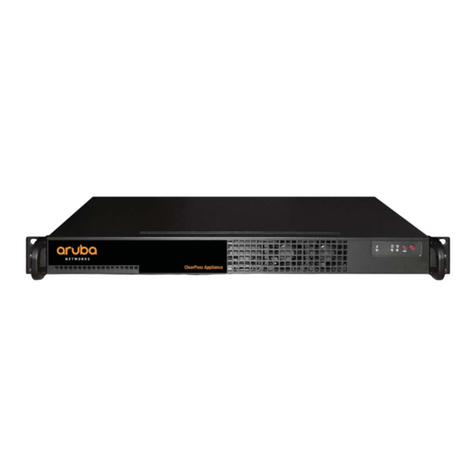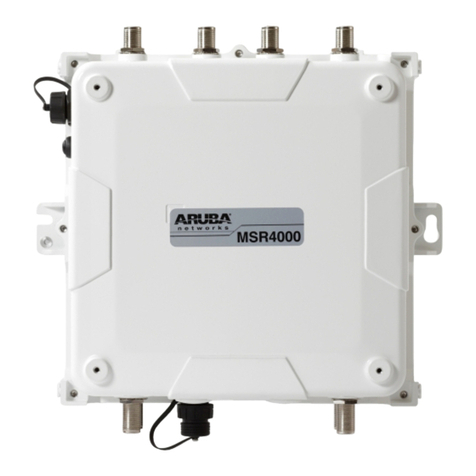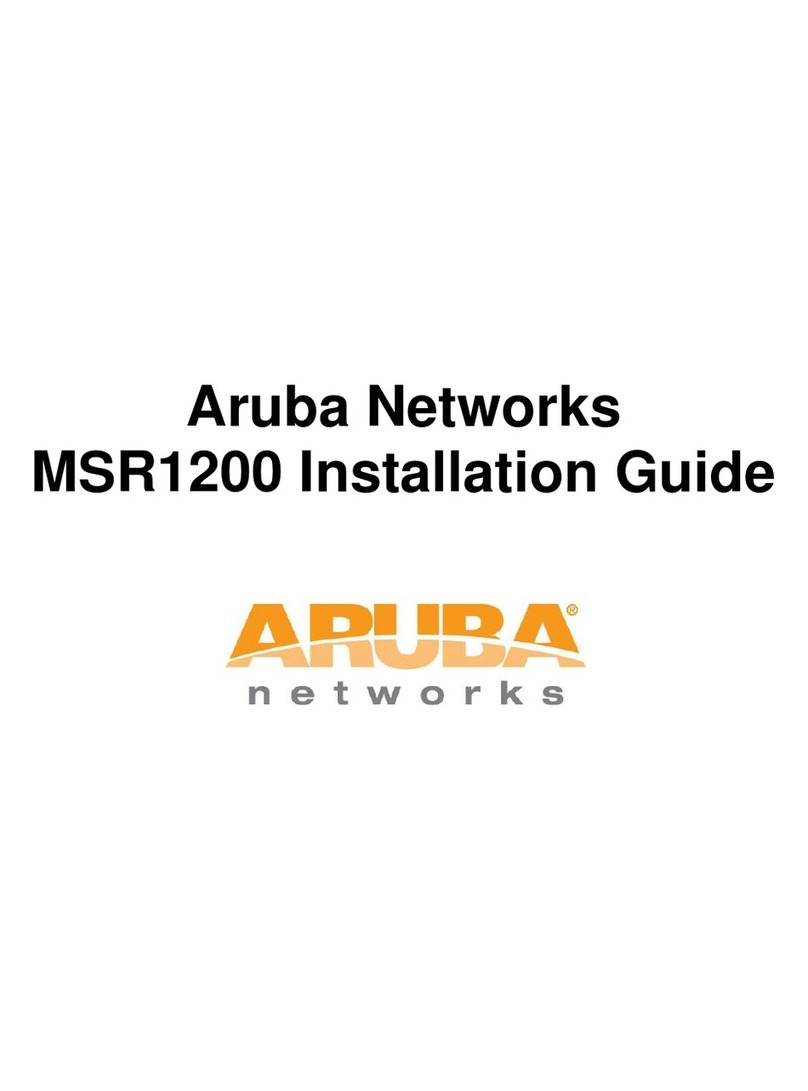
MSR2000 Installation Guide 1
Copyright by Aruba Networks, USA. All rights reserved.
Statement of Conditions
In the interest of improving internal design, operation function, and/or reliability, Aruba Networks
reserves the right to make changes to products described in this document without notice. Aruba
Networks does not assume any liability that may occur due to the use or application of the product(s)
described herein.
DISCLAIMER: LIMITATION OF LIABILITY
1.Before installation, it is strongly recommended and requested that users pay particular attention to
the safety warnings in the sequentially detailed operation procedures within the manual. If there is any
uncertainty or incapability of solving problems, contact the company’s customer support center. Please
DO NOT incur any risk or try to verify situations by yourself. Otherwise, any consequence caused by
the attempt shall be completely due to the user himself.
2.Please periodically check whether the installed MSR2000 is damaged, worn-out or poses any
danger. Any actual proof, sign or phenomenon of the afore-mentioned situations should be brought to
the attention of the company at point of sale. Please DO NOT attempt to repair the product or replace
any component. Otherwise, for any consequence arising out of or relating to the users’ attempt to
repair the product, including but not limited to damages, misuse, short circuit, fire, bodily injury, etc.,
the company shall not be liable.
3. Users shall purchase or use the company’s MSR2000 voluntarily. Users shall understand on their
own initiative and abide voluntarily by policies, regulations, or laws of their respective nation or local
territories. The consequence arising out of or relating to any violation of the local laws or regulations by
the user, shall be solely attributed to the user himself, and the company shall not be liable.
4. The company disclaims any and all warranties and guarantees, express, implied or otherwise,
arising, with respect to the MSR2000 products or services, including but not limited to the warranty of
merchandisability, the warranty of fitness for a particular purpose, and any warranty of non-
infringement of the intellectual property rights of any third party. Liability of the company for loss is
limited to the total amount paid to the company by the customer during the previous calendar year.































